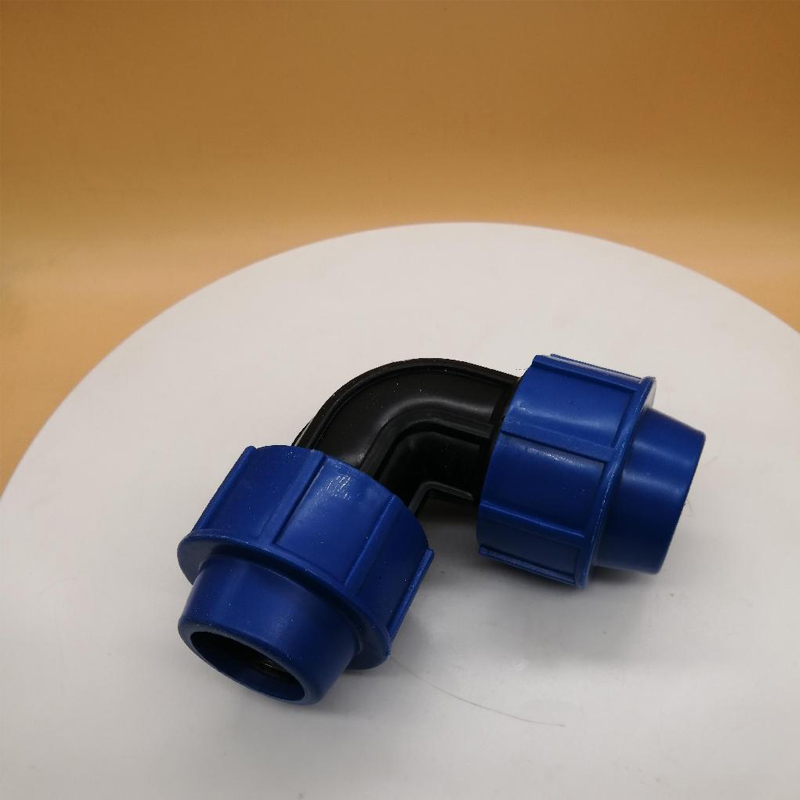Dec . 11, 2024 23:27 Back to list
wholesale hdpe to pvc connection
Transitioning from HDPE to PVC A Comprehensive Guide to Wholesale Connections
In the world of plumbing and construction, the collaboration between different materials is crucial for ensuring efficiency and longevity in installations. Two such materials that are often discussed in this context are High-Density Polyethylene (HDPE) and Polyvinyl Chloride (PVC). Both have proven their utility across a multitude of applications; however, connecting these two materials can pose unique challenges. This article serves as a comprehensive guide to understanding their properties, the reasons for their connection, and the wholesale options available for making effective HDPE to PVC connections.
Understanding HDPE and PVC
HDPE is known for its excellent resistance to impact, chemicals, and moisture. It’s a durable thermoplastic that is often used in applications such as piping, containers, and geomembranes. Conversely, PVC is also a widely-used thermoplastic that is recognized for its rigidity, strength, and cost-effectiveness. It is commonly utilized in construction and plumbing applications, particularly for piping and drainage systems.
Both materials have distinct advantages and disadvantages, which are often the reason for their combination in specific applications. For instance, HDPE is generally more flexible and can handle a wide temperature range, while PVC provides superior rigidity and is less susceptible to swelling, making it ideal for structural applications.
The Need for Connection
The industry often requires a transition between HDPE and PVC for several reasons
1. Cost Efficiency Sometimes, infrastructures already in place utilize PVC piping systems, and incorporating HDPE can be a cost-effective solution rather than a complete overhaul. 2. Material Properties In situations where the flexibility of HDPE is required alongside the structural integrity of PVC, a connection may be necessary.
3. Project Specifications Specific projects may demand the use of both materials for compliance with engineering specifications or local building codes.
Wholesale Connection Options
For contractors and suppliers, understanding the wholesale options available for connecting HDPE to PVC can lead to smoother project execution. Here are some common methods used in the industry
1. Mechanical Fittings These fittings allow the connection of HDPE and PVC through the use of bolts and nuts, providing a reliable and flexible connection that can handle movement and ground shifts.
wholesale hdpe to pvc connection

2. Fusion Techniques While HDPE can be connected through heat fusion methods, transitioning from HDPE to PVC typically requires specialized fusion fittings designed to accommodate both materials. This method ensures a seamless connection, but it necessitates proper equipment and skills.
3. Adhesives and Sealants In certain situations where flexibility is paramount, high-performance adhesives specifically formulated for plastic bonding can be employed to connect HDPE to PVC. This method, however, may not provide the same level of mechanical strength compared to welded or bolted connections.
4. Adapters Many wholesalers provide specific adapters designed to join HDPE and PVC pipes. These adapters help facilitate a smooth transition between the two materials and are available in various sizes.
Bulk Purchasing and Supplier Considerations
For those in the construction or plumbing business, bulk purchasing options for HDPE to PVC connection supplies are essential. When selecting a wholesale supplier, consider the following aspects
- Quality Assurance Ensure that the materials and fittings offered meet industry standards to prevent issues during installation.
- Product Range A comprehensive range of connection options allows for flexibility in project design and implementation.
- Technical Support Access to expert advice and installation guidance can be invaluable, especially for complex projects.
- Pricing Competitive pricing for bulk orders can significantly impact project budgets and profitability.
Conclusion
As the construction and plumbing industries continue to evolve, the need for efficient and durable connections between different materials like HDPE and PVC remains pertinent. Understanding the properties of each material and the various methods for connection can streamline projects and improve outcomes. By leveraging wholesale options, contractors can ensure that they have the necessary resources at hand to achieve optimal results in their work. Ultimately, successful integration of HDPE and PVC will not only enhance the performance of plumbing and construction systems but will also contribute to the long-term sustainability of various infrastructure projects.
-
High-Quality PVC Borehole Pipes Durable & Versatile Pipe Solutions
NewsJul.08,2025
-
High-Quality PVC Perforated Pipes for Efficient Drainage Leading Manufacturers & Factories
NewsJul.08,2025
-
High-Quality PVC Borehole Pipes Durable Pipe Solutions by Leading Manufacturer
NewsJul.08,2025
-
High-Quality PVC Borehole Pipes Reliable PVC Pipe Manufacturer Solutions
NewsJul.07,2025
-
High-Quality UPVC Drain Pipes Durable HDPE & Drain Pipe Solutions
NewsJul.07,2025
-
High-Quality Conduit Pipes & HDPE Conduit Fittings Manufacturer Reliable Factory Supply
NewsJul.06,2025

